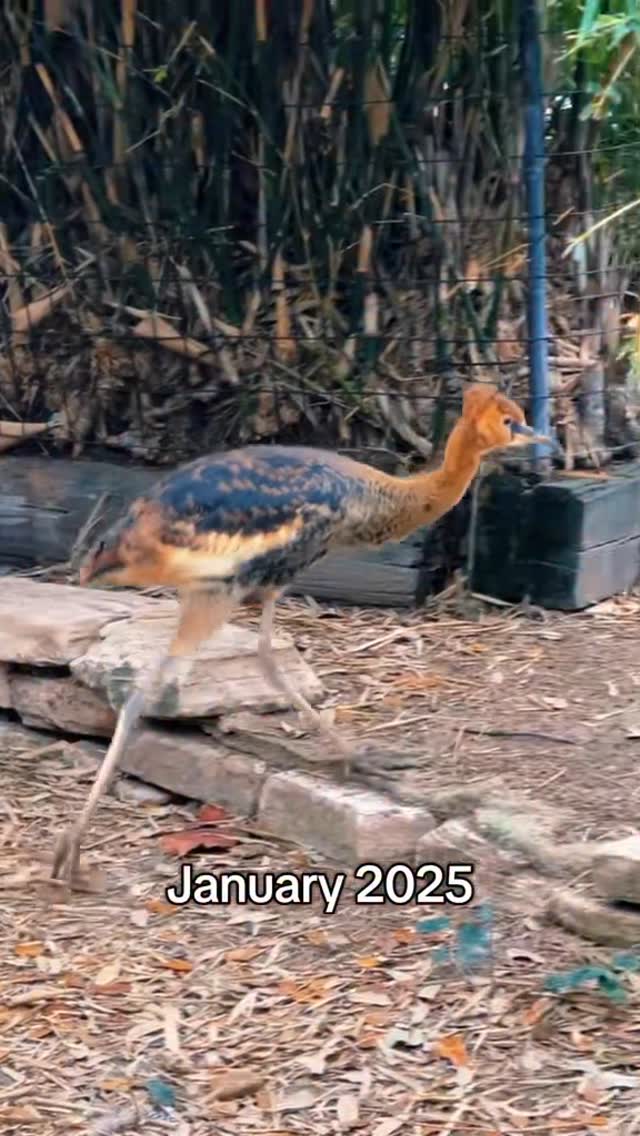- The rapid growth and development of crowned crane chicks provide a fascinating case study in avian biology and early life habits.
- Understanding the habitat, behavior, and social dynamics of crowned cranes can aid biodiversity conservation efforts.
- Effective zoo management practices can enhance the health and well-being of birds in captivity, including proper nutrition and environmental enrichment.
- Wildlife conservation strategies must address the challenges faced by crowned cranes due to habitat loss and human encroachment.
Crowned crane chicks offer an extraordinary look into the progress of avian biology. Observing these birds, particularly their rapid maturation, enriches our knowledge of early development phases amongst cranes. These unique animals undergo significant transformations from the moment they hatch, providing a glimpse into the remarkable adaptability of avian species.
The journey of a crowned crane begins with their hatching. Their early growth stages are marked by fast-paced physical and behavioral changes. Within weeks, these chicks transition from vulnerable neonates to birds demonstrating surprising levels of independence. This rapid development is crucial because, in the wild, these chicks must quickly adapt to varying conditions in their environment. They begin to exhibit fundamental social behaviors necessary for survival among their counterparts. Their dietary preferences also evolve swiftly, needing a shift from insects primarily to a more diverse diet that includes plants and small vertebrates.
A pivotal theme in the study of crowned cranes is their habitat and social structure. Crowned cranes inhabit wetlands and grasslands, where they play a critical role in the ecosystem. They help control insect populations and influence vegetation dynamics, illustrating the interconnectedness of species within their habitats. These wetlands face pressures from agricultural expansion and urbanization, which disrupt the delicate balance needed to support these birds. In their native regions, crowned cranes are seen as symbols of longevity and prosperity, further underlining their cultural importance.
Zoo management principles serve as a backbone to ex-situ conservation of crowned cranes. A well-structured zoo environment replicates their natural habitat as closely as possible and incorporates considerations such as space, dietary requirements, and social interactions. Enabling the cranes to engage in natural behaviors is fundamental to their well-being in captivity. This includes enriching the environment with stimuli that encourage foraging and social activities similar to those they would experience in the wild. Providing a nutritious diet is critical, as nutritional deficiencies can lead to developmental problems. Specialists often consult nutritional data to create a diet plan that fulfills all the necessary requirements for growth and health.
Wildlife conservation involves substantial challenges, especially for a species like the crowned crane, which faces issues such as habitat degradation and illegal trade. Conservation programs need to incorporate strategies that protect the natural habitats of these birds. Collaborative approaches involving local communities help mitigate the impact of human activities. Education and awareness can significantly influence public perception and support for conservation initiatives. These strategies must be adaptive, considering the fast-changing landscapes due to climate change and human activity.
Animal research efforts often highlight the intricate social dynamics within crowned crane groups. These cranes engage in elaborate courtship displays, which strengthen pair bonds and ensure reproductive success. Understanding these social interactions can aid in developing better breeding programs in zoos, aimed at maintaining genetic diversity within captive populations.
The educational value of observing crowned cranes extends beyond their biological traits. Their conservation story underscores the importance of preserving biodiversity in our global environment. By focusing on species like the crowned crane, conservationists showcase the effects of ecological shifts on wildlife. Given the pivotal role these birds play as environmental indicators, their plight calls for informed actions in wildlife conservation to safeguard the interconnected lives within these ecosystems.
In summary, crowned crane chicks embody the wonders of avian development and the pressing needs for effective wildlife conservation. They represent a critical link between natural ecosystems and human influence, reflecting broader environmental challenges. Such understanding can drive future efforts to protect these remarkable birds and their habitats, ensuring their survival for future generations.
*****
Source Description
Feel old yet?
It’s amazing how much the crowned crane chicks have grown in just a few weeks ⏱️


